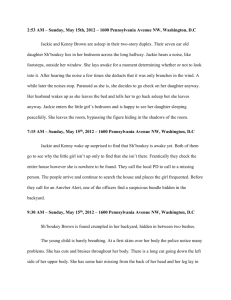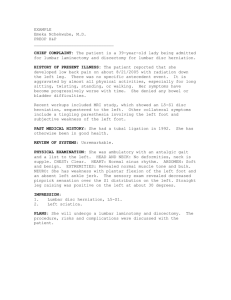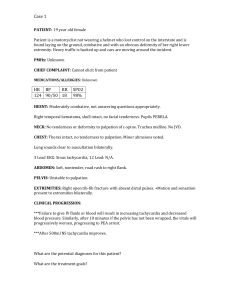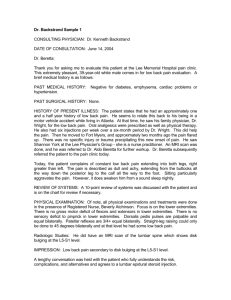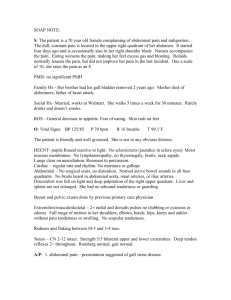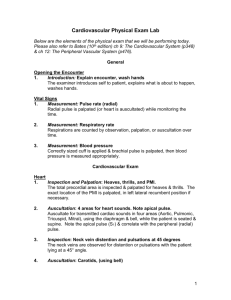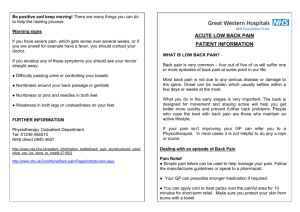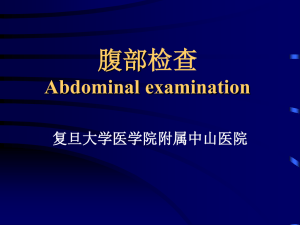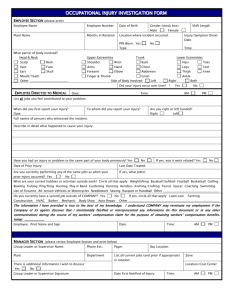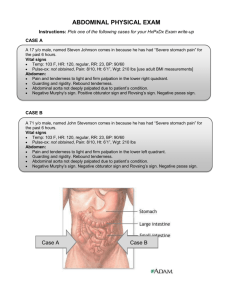2 - Acusis
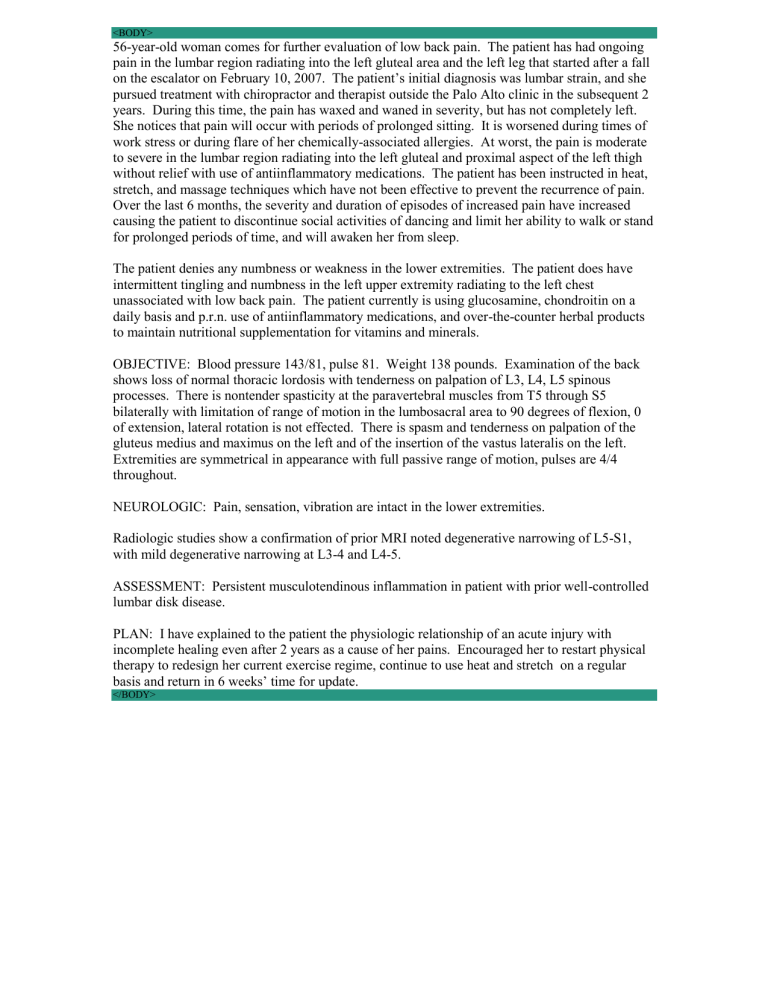
<BODY>
56-year-old woman comes for further evaluation of low back pain. The patient has had ongoing pain in the lumbar region radiating into the left gluteal area and the left leg that started after a fall on the escalator on February 10, 2007. The patient’s initial diagnosis was lumbar strain, and she pursued treatment with chiropractor and therapist outside the Palo Alto clinic in the subsequent 2 years. During this time, the pain has waxed and waned in severity, but has not completely left.
She notices that pain will occur with periods of prolonged sitting. It is worsened during times of work stress or during flare of her chemically-associated allergies. At worst, the pain is moderate to severe in the lumbar region radiating into the left gluteal and proximal aspect of the left thigh without relief with use of antiinflammatory medications. The patient has been instructed in heat, stretch, and massage techniques which have not been effective to prevent the recurrence of pain.
Over the last 6 months, the severity and duration of episodes of increased pain have increased causing the patient to discontinue social activities of dancing and limit her ability to walk or stand for prolonged periods of time, and will awaken her from sleep.
The patient denies any numbness or weakness in the lower extremities. The patient does have intermittent tingling and numbness in the left upper extremity radiating to the left chest unassociated with low back pain. The patient currently is using glucosamine, chondroitin on a daily basis and p.r.n. use of antiinflammatory medications, and over-the-counter herbal products to maintain nutritional supplementation for vitamins and minerals.
OBJECTIVE: Blood pressure 143/81, pulse 81. Weight 138 pounds. Examination of the back shows loss of normal thoracic lordosis with tenderness on palpation of L3, L4, L5 spinous processes. There is nontender spasticity at the paravertebral muscles from T5 through S5 bilaterally with limitation of range of motion in the lumbosacral area to 90 degrees of flexion, 0 of extension, lateral rotation is not effected. There is spasm and tenderness on palpation of the gluteus medius and maximus on the left and of the insertion of the vastus lateralis on the left.
Extremities are symmetrical in appearance with full passive range of motion, pulses are 4/4 throughout.
NEUROLOGIC: Pain, sensation, vibration are intact in the lower extremities.
Radiologic studies show a confirmation of prior MRI noted degenerative narrowing of L5-S1, with mild degenerative narrowing at L3-4 and L4-5.
ASSESSMENT: Persistent musculotendinous inflammation in patient with prior well-controlled lumbar disk disease.
PLAN: I have explained to the patient the physiologic relationship of an acute injury with incomplete healing even after 2 years as a cause of her pains. Encouraged her to restart physical therapy to redesign her current exercise regime, continue to use heat and stretch on a regular basis and return in 6 weeks’ time for update.
</BODY>

